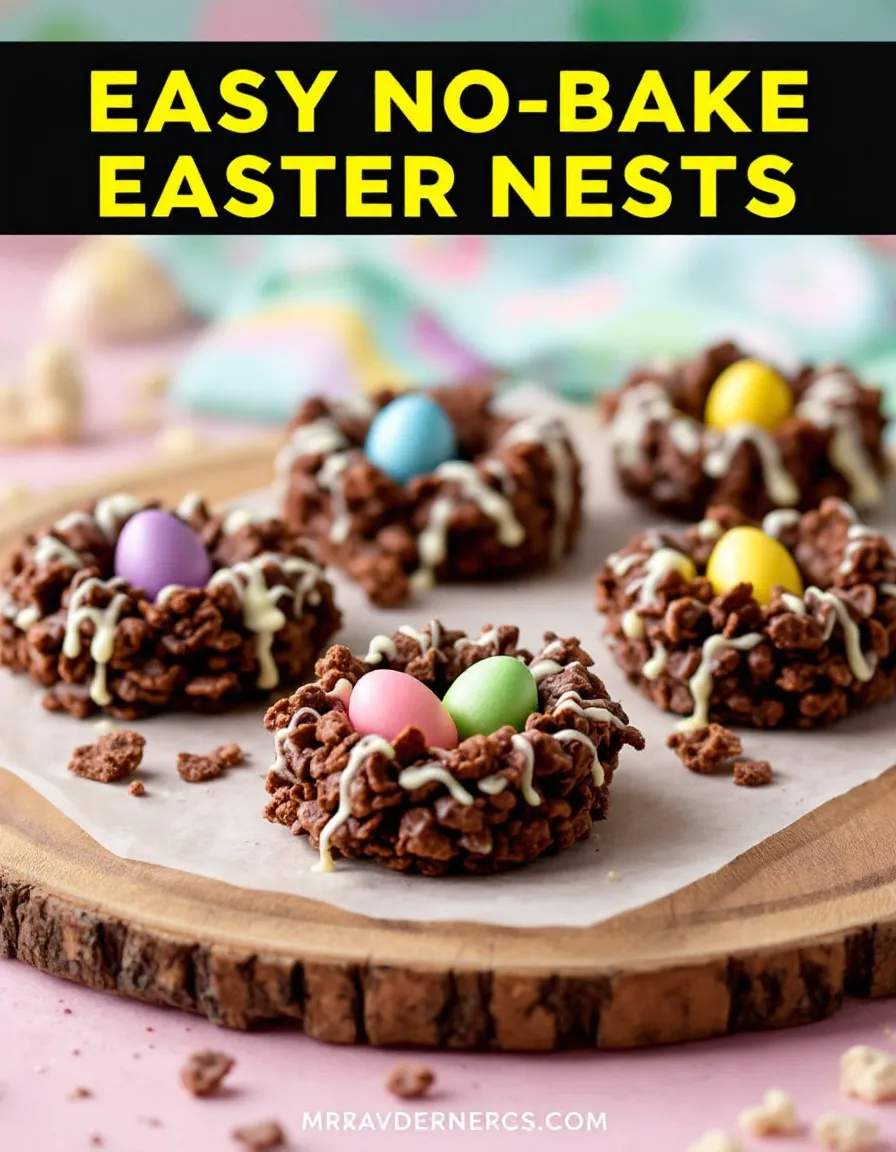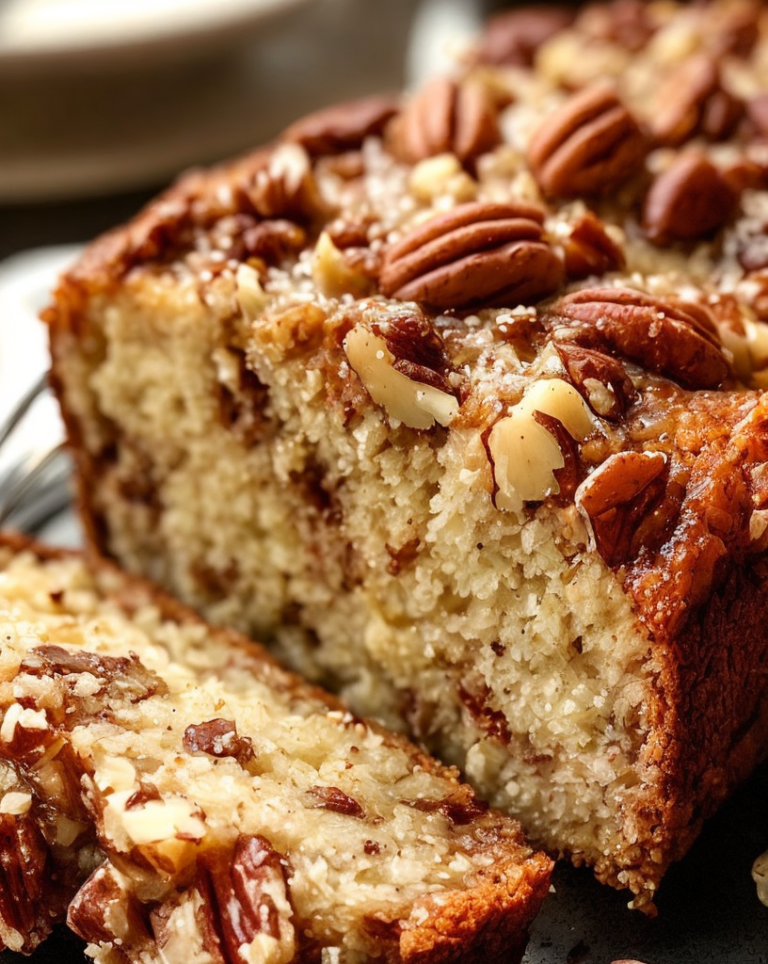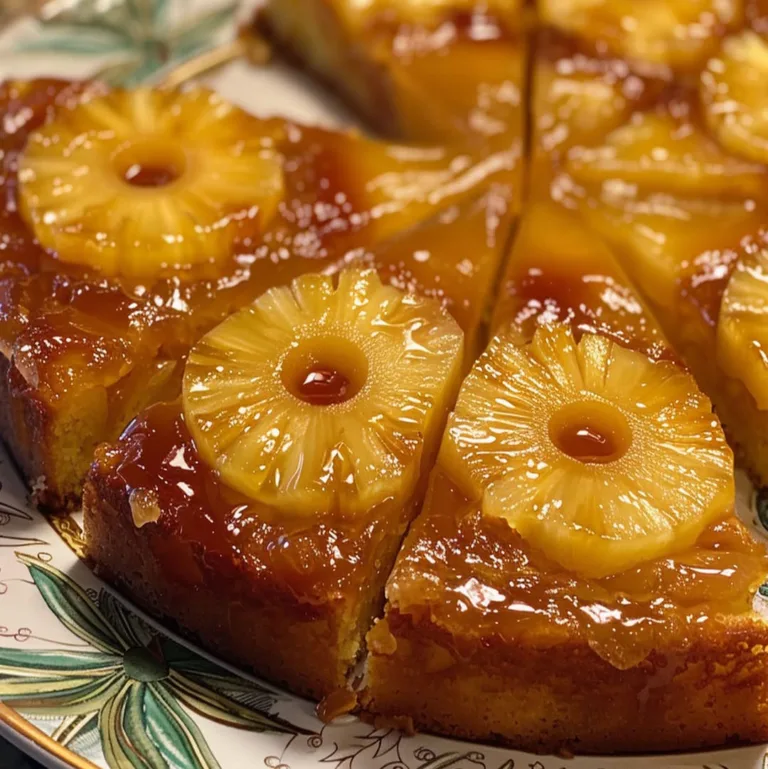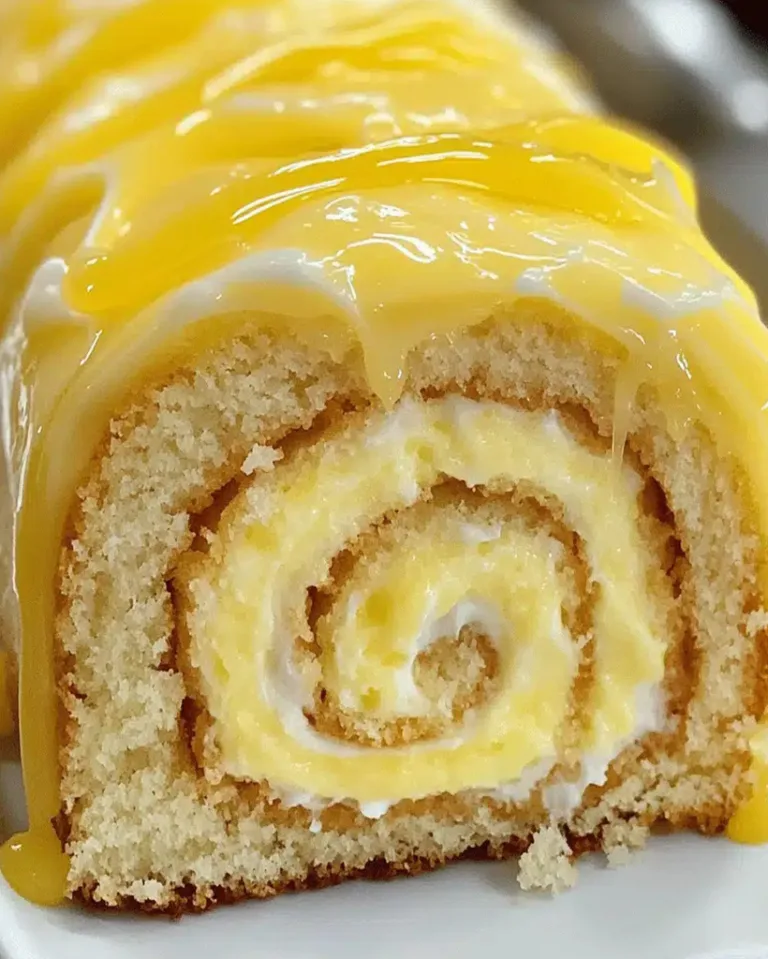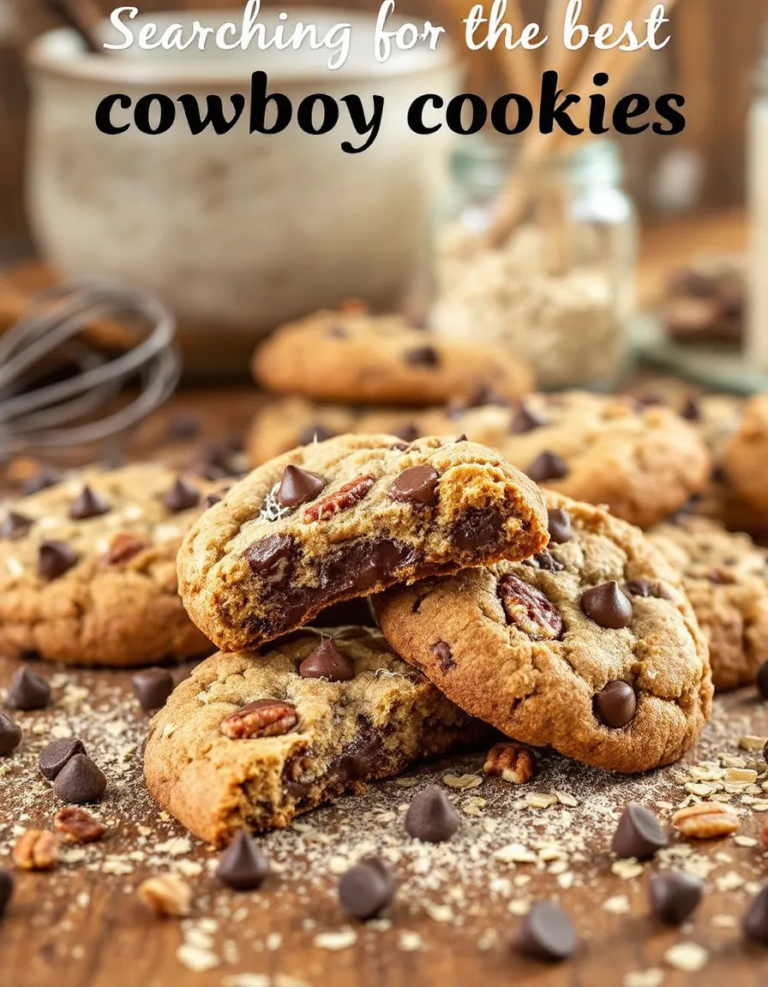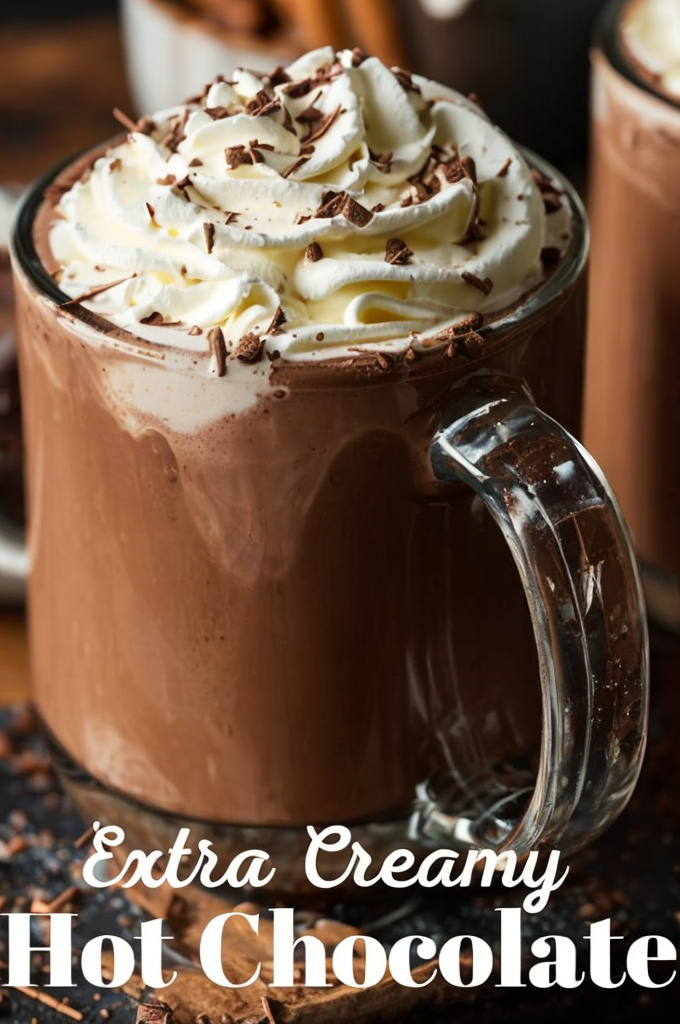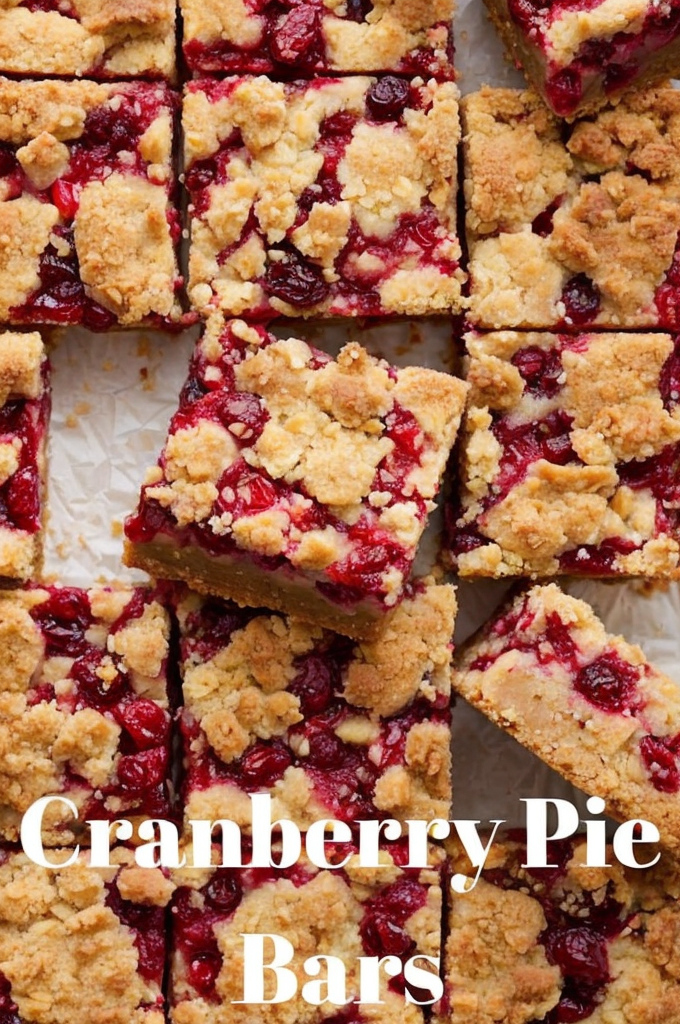Easy No-Bake Chocolate Easter Nests for Kids
Easy No-Bake Chocolate Easter Nests: A Fun & Festive Treat for the Whole Family
These Easy No-Bake Chocolate Easter Nests are the perfect springtime treat that kids and adults alike will adore. Combining rich chocolate, crunchy shredded wheat, and colorful mini eggs, these adorable edible nests capture the joy of Easter in every bite. With no baking required, they’re an ideal last-minute dessert or a fun activity to make with children during the holiday season.
The beauty of these chocolate Easter nests lies in their simplicity and versatility. The smooth melted chocolate binds the crisp cereal into perfect little nests, while the mini eggs add a pop of color and sweetness. The contrast between the silky chocolate and the crunchy texture creates a delightful sensory experience that makes these treats irresistible. Whether you’re hosting an Easter brunch, need a classroom snack, or want a festive homemade gift, these nests are sure to impress.
Quick Recipe Highlights
- Flavor Profile: Rich chocolate balanced with the subtle sweetness of mini eggs creates a perfect harmony of flavors.
- Texture: The combination of smooth melted chocolate and crispy shredded wheat offers a satisfying crunch in every bite.
- Aroma: The warm, comforting scent of melting chocolate fills your kitchen as you prepare these festive treats.
- Visual Appeal: These adorable nests with colorful eggs make a charming centerpiece for any Easter table.
- Skill Level Needed: Perfect for beginners – no special skills or equipment required beyond basic kitchen tools.
- Special Equipment: Just a muffin tin and microwave-safe bowl are needed for this simple recipe.
Recipe Overview
- Difficulty Level: This recipe is rated easy because it requires no baking, has minimal ingredients, and simple steps that even children can help with.
- Category: Holiday desserts, no-bake treats, Easter sweets, kid-friendly cooking projects.
- Cuisine: These chocolate nests have British origins but have become popular worldwide as an Easter tradition.
- Cost: Very economical – the ingredients are inexpensive and commonly found in most pantries.
- Season: Perfect for spring and especially popular around Easter celebrations.
- Occasion: Ideal for Easter gatherings, spring parties, classroom activities, or as edible gifts.
Why You’ll Love This Recipe
The taste and texture of these no-bake chocolate nests are simply irresistible. The combination of rich, creamy chocolate with the satisfying crunch of cereal creates a delightful contrast that appeals to all ages. The colorful mini eggs add bursts of sweetness that complement the deep chocolate flavor perfectly. These treats satisfy chocolate cravings while offering a fun, festive presentation that makes them special for the holiday.
From a convenience standpoint, this recipe couldn’t be easier. With just 15 minutes of active time and no oven required, you can whip up a batch of these Easter chocolate nests even at the last minute. The simple process makes it an excellent cooking project to do with kids, helping them feel involved in holiday preparations while teaching basic kitchen skills.
Nutritionally, these treats offer some benefits compared to store-bought Easter candy. You control the quality of ingredients, can choose dark chocolate for antioxidants, and the portion size is naturally controlled by the individual nests. While still a sweet treat, they’re a fun way to celebrate the holiday without going overboard.
The social value of these edible nests is tremendous. They make wonderful conversation pieces at gatherings, perfect for Easter egg hunts or as place settings at brunch. Kids love helping decorate them, and adults appreciate the nostalgic charm. They also package beautifully as gifts for teachers, neighbors, or hostess presents.
Cost-effectiveness is another major advantage. Using simple pantry staples, you can create impressive-looking treats for a fraction of the price of store-bought Easter candy. The recipe scales easily to feed a crowd, making it budget-friendly for classroom parties or large family gatherings.
Historical Background and Cultural Significance
The tradition of chocolate Easter nests originated in Britain, where they became popular as a springtime treat symbolizing new life and rebirth. The nest shape represents the birds returning in spring and building their homes, while the eggs symbolize fertility and renewal – themes central to Easter celebrations across many cultures.
These edible nests gained particular popularity in the mid-20th century as chocolate became more affordable and available to the general public. Home cooks appreciated how they could create impressive-looking treats with minimal effort and cost. The recipe evolved as different cereals became available, with shredded wheat being a particularly popular choice for its nest-like texture.
In many families, making no-bake Easter nests became an annual tradition, often the first cooking project children would help with. The simple process allowed kids to participate meaningfully in holiday preparations while learning basic kitchen skills. This helped cement the recipe’s place as a beloved seasonal activity.
Today, variations of these chocolate nests appear in many countries with Easter traditions. While the British version typically uses shredded wheat, other cultures have adapted the concept using local ingredients like chow mein noodles or pretzel sticks. The universal appeal lies in the charming presentation and the joy of creating edible springtime symbols.
Ingredient Deep Dive
Chocolate: The foundation of these nests, chocolate has been prized since ancient Mesoamerican civilizations. For this recipe, you can use milk, dark, or semi-sweet chocolate depending on your preference. Chocolate contains antioxidants and may boost mood. Choose high-quality chocolate for best flavor and melting properties. Store chocolate in a cool, dry place away from strong odors.
Shredded Wheat: This whole grain cereal provides the nest structure and pleasant crunch. Invented in the 19th century as a health food, shredded wheat adds fiber to balance the treat’s sweetness. Look for plain, unsweetened varieties. If unavailable, substitute with cornflakes or special K cereal for similar texture.
Mini Eggs: These colorful candy-coated chocolates represent Easter eggs in our edible nests. The candy coating process dates back to 19th century Europe. While traditional mini eggs contain milk chocolate, you can find dark chocolate or vegan versions. Store in a cool place to prevent melting and color bleeding.
Common Mistakes to Avoid
- Overheating chocolate: Chocolate burns easily. Melt gently in short bursts, stirring frequently. If chocolate seizes, add a teaspoon of vegetable oil to smooth it out.
- Using stale cereal: Fresh shredded wheat has the best crunch. Taste a piece before using – if it’s soft or flavorless, buy a new box.
- Packing nests too tightly: Gently press the mixture to maintain airy texture. Overpacking makes dense, hard nests.
- Adding eggs too soon: Wait until nests are partially set so eggs don’t sink to the bottom.
- Not greasing the pan: Use muffin liners or grease the tin well for easy removal.
- Rushing the setting process: Allow full time to set so nests hold their shape when removed.
- Storing improperly: Keep in an airtight container in a cool place to prevent melting or sogginess.
- Overdecorating: A few well-placed eggs look best. Too many toppings overwhelm the nests.
Essential Techniques
Melting Chocolate: The key to perfect no-bake Easter nests lies in properly melted chocolate. Chop chocolate uniformly for even melting. Use a microwave at 50% power in 30-second bursts, stirring between each. Alternatively, use a double boiler. The chocolate should be smooth and glossy – overheating causes graininess. If chocolate thickens as it cools, briefly reheat.
Shaping Nests: After combining with cereal, work quickly while the chocolate is pliable. Use two spoons to portion mixture into muffin cups. Make a slight depression in the center with the back of a spoon. If mixture sticks to tools, lightly grease them. Allow to set completely before removing from tin.
Pro Tips for Perfect Chocolate Easter Nests
1. For extra shine, add a teaspoon of coconut oil to the melting chocolate – this also makes the nests easier to remove from the tin.
2. Create variety by using different colored mini eggs or mixing milk and dark chocolate for some nests.
3. If making with kids, portion the shredded wheat into bowls beforehand to prevent arguments over who gets to crush it.
4. For a festive touch, sprinkle edible glitter or pastel-colored sprinkles before the chocolate sets.
5. To make ahead, prepare the nests without eggs and add them just before serving to prevent color transfer.
6. For gluten-free nests, use certified gluten-free cereal like Nature’s Path Organic Corn Flakes.
Variations and Adaptations
Regional Variations: In Australia, these nests are often made with cornflakes, while American versions sometimes use chow mein noodles for extra crunch. British bakers traditionally favor shredded wheat for its authentic nest-like appearance.
Seasonal Adaptations: For Christmas, shape into wreaths using green-tinted white chocolate and red candy berries. At Halloween, use orange candy melts and candy corn “eggs.” The basic technique adapts beautifully year-round.
Dietary Modifications: Vegan versions can be made with dairy-free chocolate and plant-based mini eggs. For nut-free schools, ensure all ingredients are processed in dedicated facilities.
Serving and Presentation Guide
Arrange your chocolate Easter nests on a pastel-colored platter or nestle them in shredded green paper “grass” for a festive display. For individual servings, place each nest in a mini cupcake liner. Consider varying the height by placing some nests on small pedestal dishes or cake stands.
Garnishing options include dusting with powdered sugar “snow,” drizzling with white chocolate, or adding a few edible flowers for an elegant touch. For a buffet, create a centerpiece with nests at varying heights surrounded by spring decorations.
Storage and Shelf Life
Store no-bake Easter nests in an airtight container at cool room temperature for up to 5 days. In warm climates, refrigerate but bring to room temperature before serving for best texture. Avoid humid environments which can make the cereal soggy.
For longer storage, freeze unfilled nests for up to 1 month. Thaw at room temperature before adding eggs. Signs of spoilage include whitish bloom on the chocolate (harmless but unappealing) or stale-smelling cereal.
Make Ahead Strategies
Prepare the chocolate-coated cereal mixture and shape into nests up to 3 days in advance. Store in an airtight container with parchment between layers. Add mini eggs within a few hours of serving for freshest appearance.
For parties, set up a decorating station where guests can add their own eggs to pre-made nests. This keeps the chocolate from getting fingerprints and makes a fun interactive dessert.
Scaling Instructions
This recipe doubles or triples perfectly for large gatherings. Use multiple muffin tins or work in batches. When scaling up, melt chocolate in smaller batches to maintain proper consistency.
For smaller families, halve the recipe easily. Use a mini muffin tin for bite-sized nests if making fewer than 12. Extra mixture can be pressed into a small pan and cut into bars if you don’t want to shape individual nests.
Nutritional Deep Dive
Each chocolate Easter nest provides energy from the carbohydrates in cereal and chocolate, with modest amounts of fiber from the whole grain cereal. Using dark chocolate increases antioxidant content. While still a treat, the individual portioning helps with mindful eating.
For a slightly healthier version, use high-cocoa dark chocolate and reduce the number of mini eggs per nest. The shredded wheat provides more whole grain nutrition than many other Easter treats.
Dietary Adaptations
Gluten-free: Substitute shredded wheat with certified gluten-free cornflakes or crispy rice cereal. Check that all other ingredients are gluten-free.
Dairy-free/Vegan: Use plant-based chocolate and vegan mini eggs. Coconut oil helps with binding if needed.
Nut-free: Ensure all ingredients come from nut-free facilities if serving those with allergies.
Troubleshooting Guide
Nests won’t hold shape: Likely not enough chocolate to bind. Add more melted chocolate to the mixture and reshaped.
Chocolate too thick: Gently rewarm with a bit of coconut oil or vegetable shortening to improve spreadability.
Cereal too crunchy: Let mixture sit for a minute before shaping to allow cereal to soften slightly in the warm chocolate.
Frequently Asked Questions
Q: Can I use other cereals besides shredded wheat?
A: Absolutely! Cornflakes, special K, or even chow mein noodles work well. Adjust chocolate amount as needed for proper binding.
Q: How far in advance can I make these?
A: The nests keep well for 3-5 days, but add the mini eggs closer to serving for best appearance.
Q: My chocolate seized – can I fix it?
A: Add a teaspoon of vegetable oil or shortening and stir vigorously. If that fails, start over with new chocolate.
Q: Can I make these without a muffin tin?
A: Yes! Shape free-form nests on parchment paper or use small bowls lined with plastic wrap.
Q: Are these suitable for school parties?
A: Check school policies, but they’re often perfect nut-free options if ingredients are carefully selected.
Additional Resources
For more Easter treat ideas, explore our recipes for hot cross buns, decorated sugar cookies, and carrot cake cupcakes. If you enjoyed the no-bake aspect, try our energy balls or refrigerator cake recipes.
Looking for kid-friendly cooking projects? Our website features an entire section devoted to recipes children can help prepare, from simple snacks to holiday specialties.
Join the Conversation
We’d love to see your chocolate Easter nest creations! Share photos on Instagram with #EasterNestTreats and tag us for a chance to be featured. Tell us in the comments – what variations did your family enjoy?
Have you made these with different cereals or added special touches? Your ideas might inspire other readers! For more seasonal recipes and cooking tips, subscribe to our newsletter.
The Recipe
Easy No-Bake Chocolate Easter Nests
Serves: 12
Prep Time: 15 mins
Cook Time: 0 mins
Total Time: 15 mins
Kitchen Equipment Needed
- 12-cup muffin tin
- Muffin liners or cooking spray
- Microwave-safe bowl
- Spoon or spatula
- Measuring cups
Ingredients
- 200g (7oz) milk or dark chocolate, chopped
- 2 tbsp golden syrup or light corn syrup
- 50g (1.7oz) butter or margarine
- 75g (2.6oz) shredded wheat cereal (about 6 biscuits), crushed
- 36 mini chocolate eggs (about 3 per nest)
- Optional: sprinkles or edible glitter for decoration
Directions
- Line a 12-cup muffin tin with paper liners or grease lightly with cooking spray.
- In a microwave-safe bowl, combine chocolate, syrup, and butter. Microwave in 30-second bursts, stirring between each, until completely melted and smooth (about 1-2 minutes total).
- Add crushed shredded wheat to the melted chocolate mixture. Gently fold together until all the cereal is evenly coated.
- Divide mixture evenly among the prepared muffin cups. Use the back of a spoon to make a slight indentation in the center of each nest.
- Allow to set at room temperature for about 10 minutes, then press 3 mini eggs into the center of each nest.
- Let set completely (about 1 hour at room temperature or 30 minutes in refrigerator) before removing from tin.
Recipe Notes
- For a richer flavor, use half milk and half dark chocolate.
- If mixture becomes too firm to shape, briefly warm hands and gently reshape nests.
- Store in an airtight container at cool room temperature for up to 5 days.

